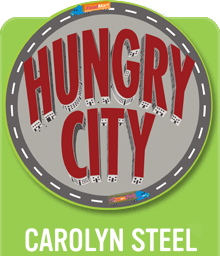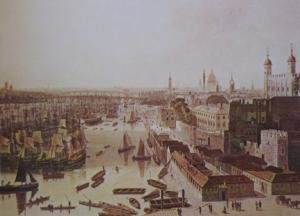Singapore
I have just been to Singapore to speak at the Making Future Cities symposium, an initiative of the Singapore-ETH Centre for Global Environmental Sustainability (SEC). The programme, which is just getting underway, has nine different research strands, each of which is looking at the future of cities from a different perspective, and a food strand is due to start next year.
Singapore is jaw-dropping – the sort of place that permanently shifts the landscape of your mind. With a population of 5 million and a land area just one third the size of Greater London, it is understandably obsessed with food security; a problem at which the government is prepared to throw more or less unlimited amounts of cash, which luckily flows in faster than it flows out, thanks to Singapore having the largest container port in the world and the fourth largest banking centre.
The result, as Rem Koolhaas discussed in his famous essay in SMLXL, is that the island of Singapore has been radically reshaped since independence. The land area has been increased by 20 percent, by piling offshore and shaving the tops off hills to create infill material; sand from Indonesia is now used instead. In order to conserve water, all the island’s rivers have been dammed up so that none now reaches the sea, and plans are afoot to spend $4.5 billion hollowing out the island’s centre (made of granite) to create a vast underwater cistern. Most of the pre-independence building fabric has been demolished to make way for ‘HDBs’, blocks of flats built by the government Housing Development Board, in which 87 percent of the population now lives.
With a year-round climate of around 30ºC heat and 80% humidity, Singapore feels a bit like a giant inside-out Turkish Bath with spicy food. Of course most of the latter is imported – 95 percent of it – but the cuisine is famously delicious, an intense fusion of some of the yummiest cuisines in the world, much of it served in outdoor ‘Hawker Centres’, or open food courts, where one can choose from a dazzling array of small, family run kitchens:
The craziness of Singapore can be viewed at leisure from the roof of Sky Park, a new 57-storey luxury development on the edge of the city’s marina. From an improbably vegetated ship-like deck full of bamboo and palm trees, one can gaze across an equally improbable infinity pool at a panorama of the city (the image at the top), or, in the other direction, across a vista of newly created parkland to a sea peppered with anchored supertankers waiting to enter port:
The sight reminded me of a favourite image of London’s ‘Legal Quays’ in 1802, then itself the largest sea-port in the world, for access to which ships then had to queue for up to two months:
Plus ça change, plus c’est la même chose.
To find out more about Making Future Cities, click here












Leave a Comment